Fossils Capture Turning Point in the Evolution of Life
A team of researchers from Curtin University made a groundbreaking discovery, shedding insight into a unique period of history dubbed the turning point in the evolution of complex life on Earth.
The team’s remarkable achievement came about after successfully dating several of the oldest fossils of complex multicellular life ever discovered. These remains have shed insight into a period of history that led to the emergence of diverse life on our planet.
Analyzing Ancient Fossils
The team of researchers meticulously conducted tests on the fossils of several animals that arose during the end of the Ediacaran period. This period saw a transition from microscopic organisms to the emergence of more complex animals.
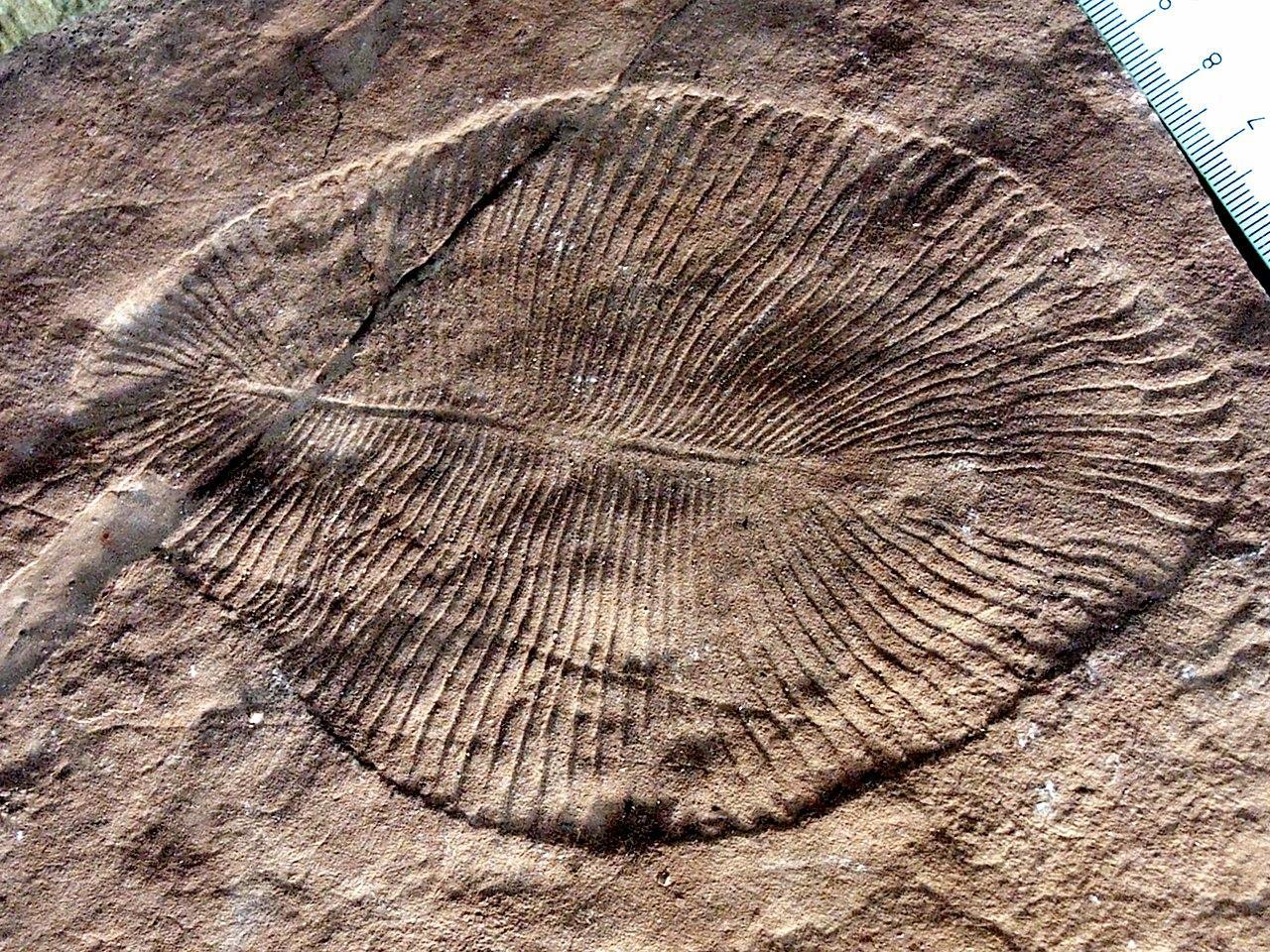
Source: Wikimedia
The researchers then published the results of their findings in a study in the Journal of the Geological Society.
The Ediacaran Period
In their comprehensive study, the researchers meticulously detailed the major changes that occurred on Earth during the Ediacaran period.
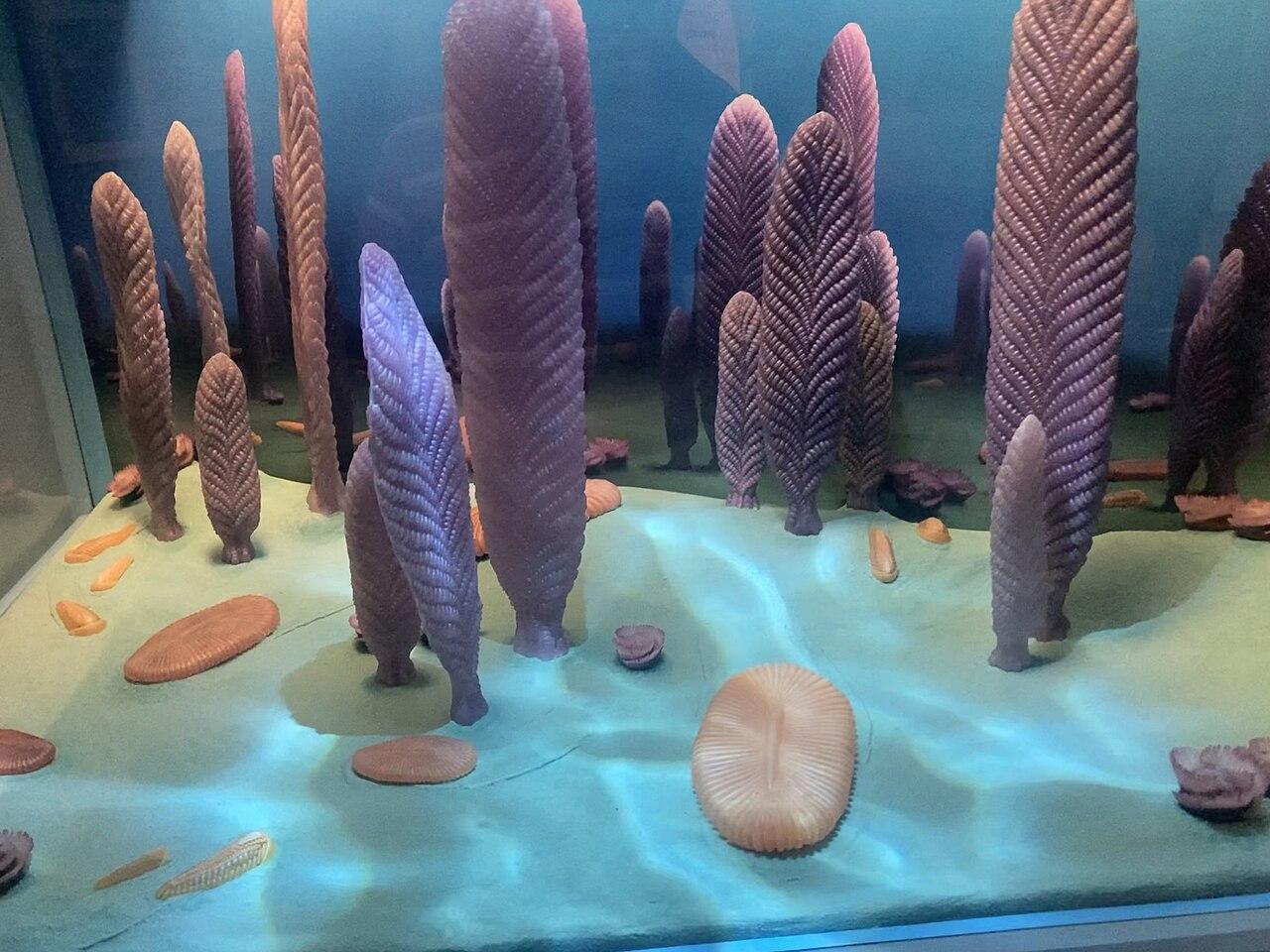
Source: Wikimedia
“The Ediacaran period represents a pivotal time in the evolution of life as it contains the earliest unequivocal fossil evidence for large-scale multicellular organisms, including the first animals,” wrote the study authors.
Lead Researcher Details the Dating of the Fossils
The study’s lead author, Anthony Clark, a PhD student in the Timescales of Mineral Systems Group at Curtin University, detailed the methods used to date the fossils, which stretch back millions of years.

Source: Wikimedia
The team utilized layers of volcanic ash as chronological markers within the geological sequence, and they obtained an incredibly precise date from the fossils.
565-Million-Year-Old Fossils
The fossils were recovered from the Coed Cochion Quarry in Wales, a region of Britain renowned for its abundant shallow marine life.
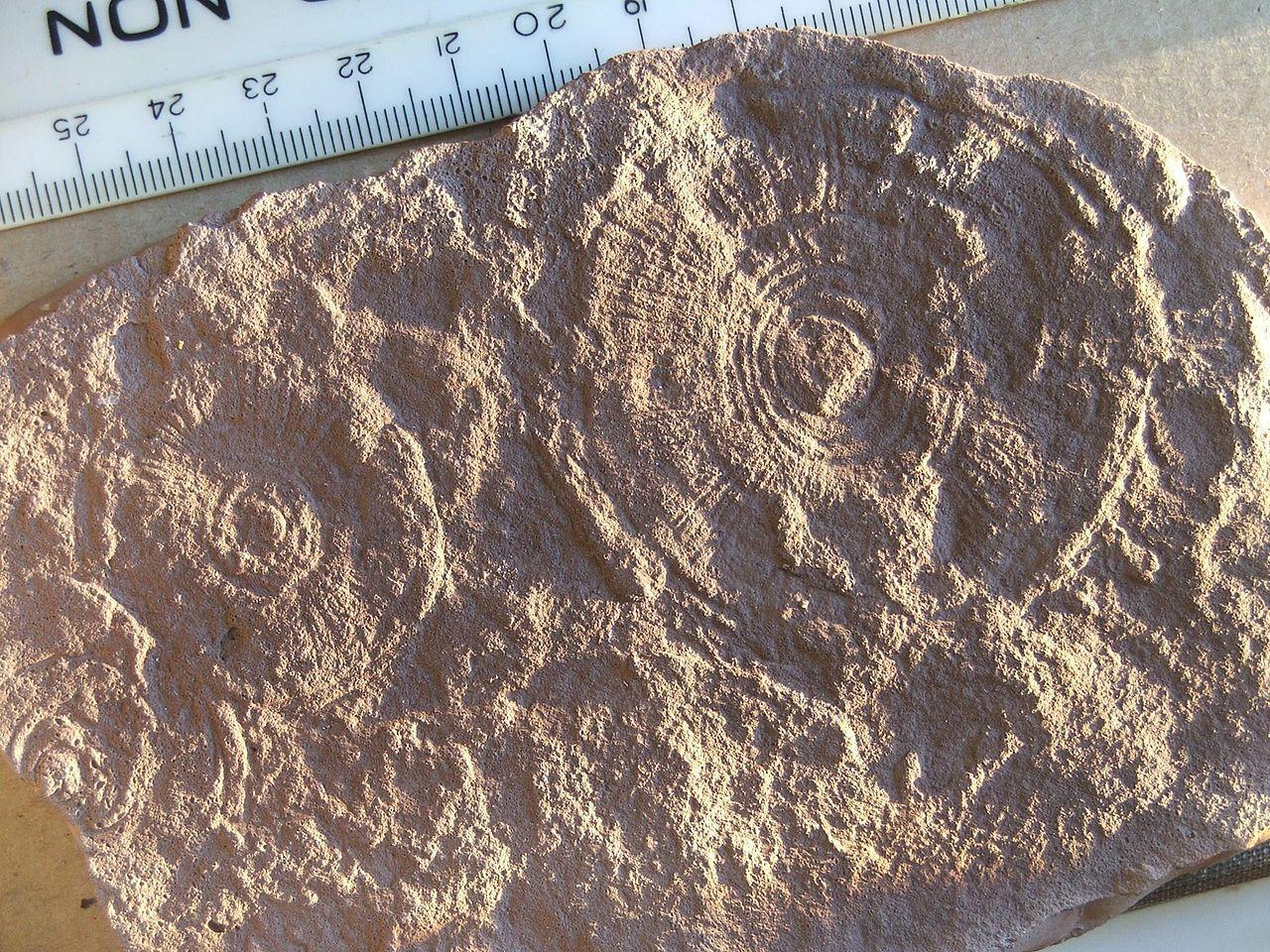
Source: Wikimedia
“We used outfall from an ancient volcano that blanketed the animals as a time marker to accurately date the fossils to 565 million years, accurate down to 0.1 percent,” said Clarke.
Animals Emerge Following an Ice Age
In the study, the researchers surmise the animals emerged on Earth following a lengthy glacial age.

Source: Wikimedia
“With similar Ediacaran fossils found at sites around the world, including in Australia, dating the fossils identifies them as being part of an ancient living community that developed as Earth thawed out from a global ice age,” they wrote.
The Creatures of the Ediacaran Period
In their study, the researchers detailed the more complex marine animals that arose during the Ediacaran period.
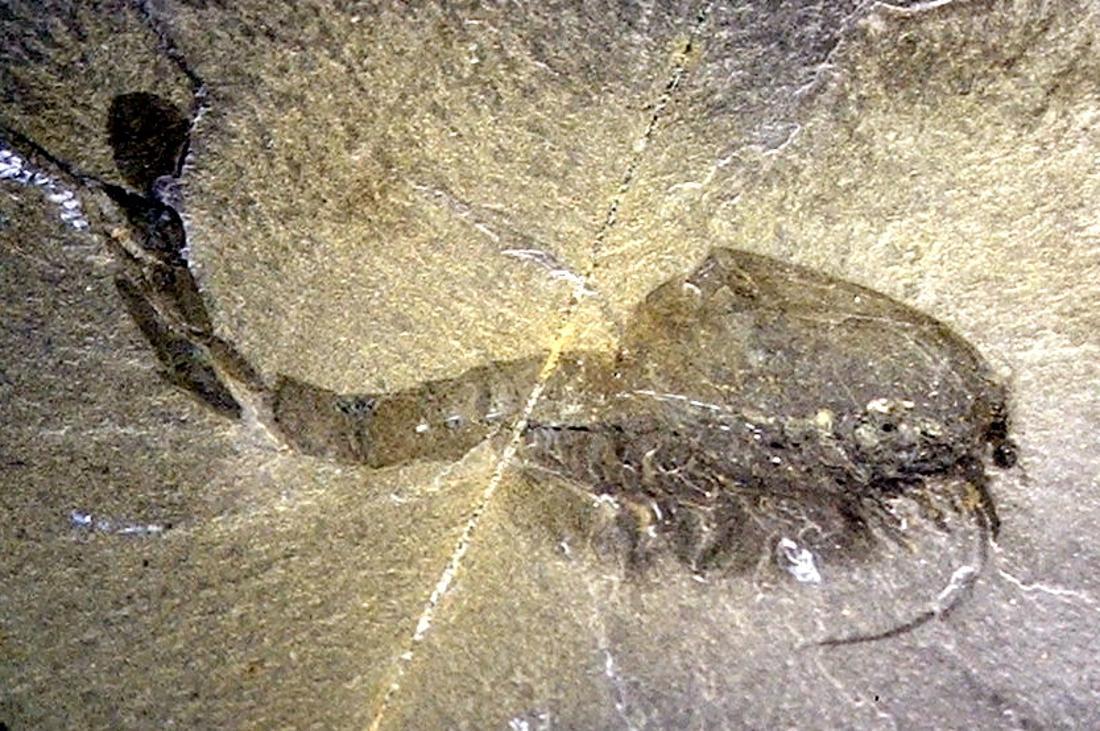
Source: Wikimedia
“These creatures would in some ways resemble modern-day marine species such as jellyfish, yet in other ways be bizarre and unfamiliar. Some appear fern-like, others like cabbages, whereas others resembled sea pens,” they wrote.
Ediacara Hills in Southern Australia
According to Chris Kirkland, a co-author of the study, the fossils are named after the Ediacara Hills located in Southern Australia.

Source: Wikimedia
This is the region where the first fossils of this kind were unearthed, a discovery that led to the first new geological period being established in over 100 years.
The Ediacara Fossils of Australia and Wales
Professor Kirkland is one of several researchers who examined the Ediacara fossils of Southern Australia and Wales and suggested they are from the same period.
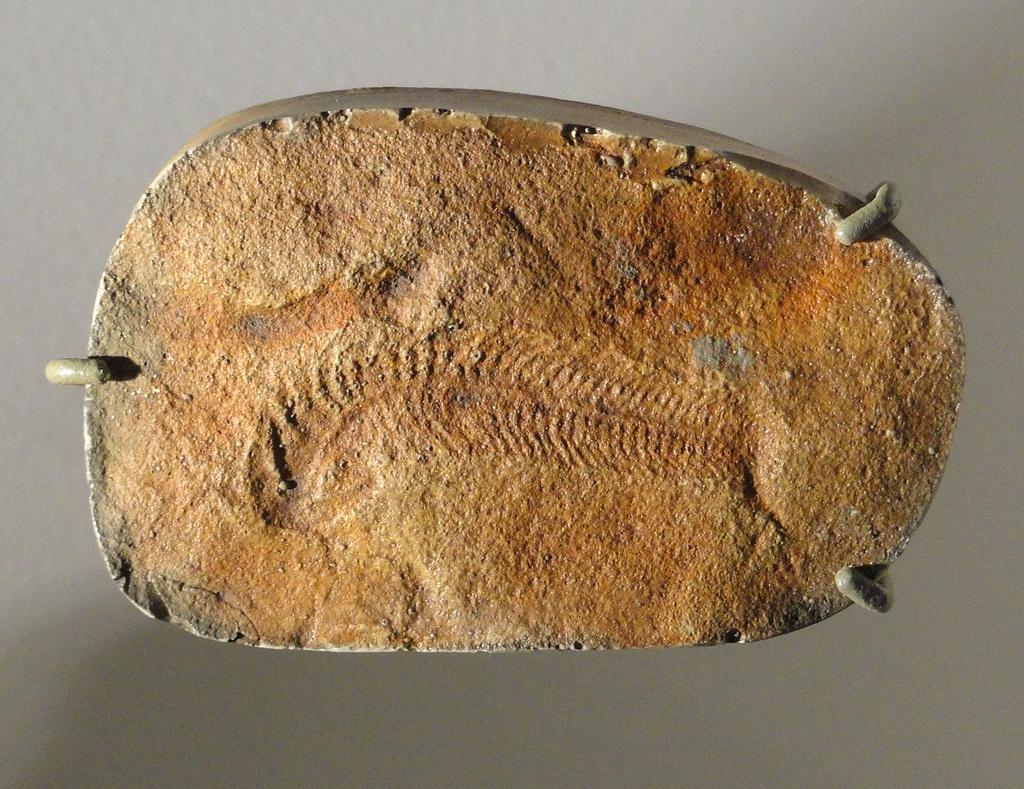
Source: Wikimedia
“These Welsh fossils appear directly comparable to the famous fossils of Ediacaran in South Australia,” he said.
Earliest Evidence of Multicellular Organisms
The fossils discovered in Wales and Southern Australia have provided researchers with evidence of some of the earliest large multicellular organisms, says Kirkland.
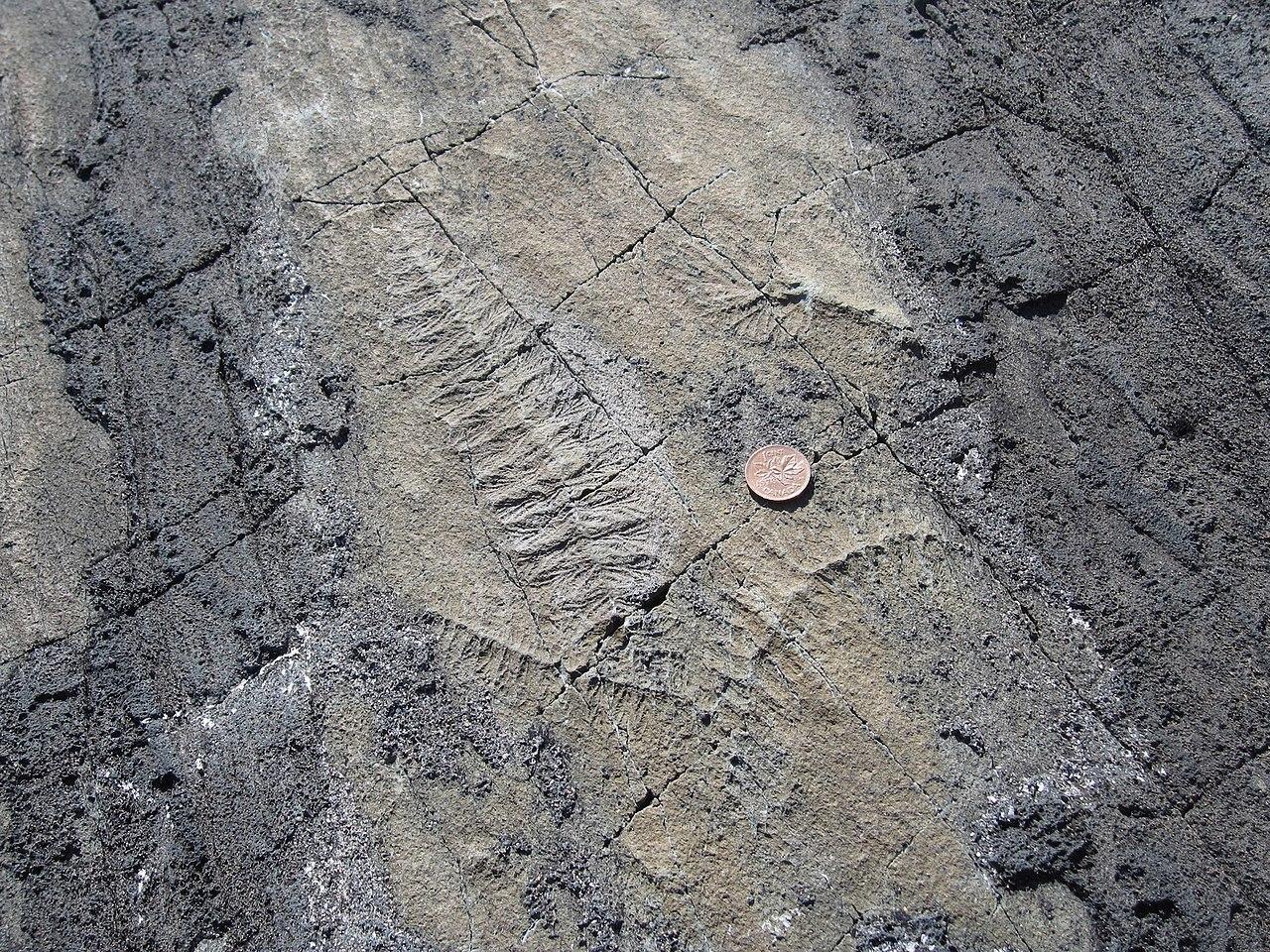
Source: Wikimedia
“The fossils, including creatures like the disc-shaped Aspidella terranovica, showcase some of the earliest evidence of large-scale multicellular organisms, marking a transformative moment in Earth’s biological history, he said.
Connections Between Geological Processes and Biology
A bonus aspect of the study was that researchers made a connection between our planet’s geological process and the evolution of biology.

Source: Wikimedia
“Ediacaran fossils record the response of life to the thaw out from a global glaciation, which shows the deep connection between geological processes and biology,” he said.
Turning Point in the Evolution of the World
The study provided researchers with incredible evidence to suggest that the Eriacaran period is of the utmost importance. It marks a turning point in the Earth’s evolution, one that resulted in the emergence of complex animals.
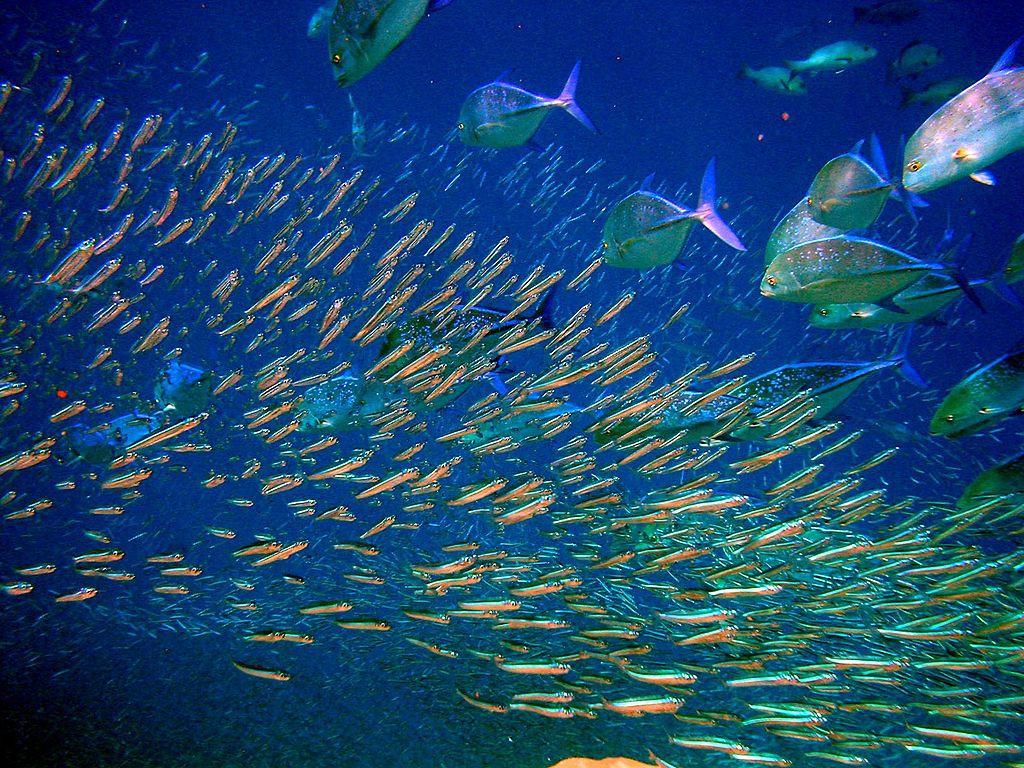
Source: Wikimedia
“Our study underscores the importance of understanding these ancient ecosystems in order to unravel the mysteries of Earth’s past and shape our comprehension of life’s evolution,” wrote the researchers.
